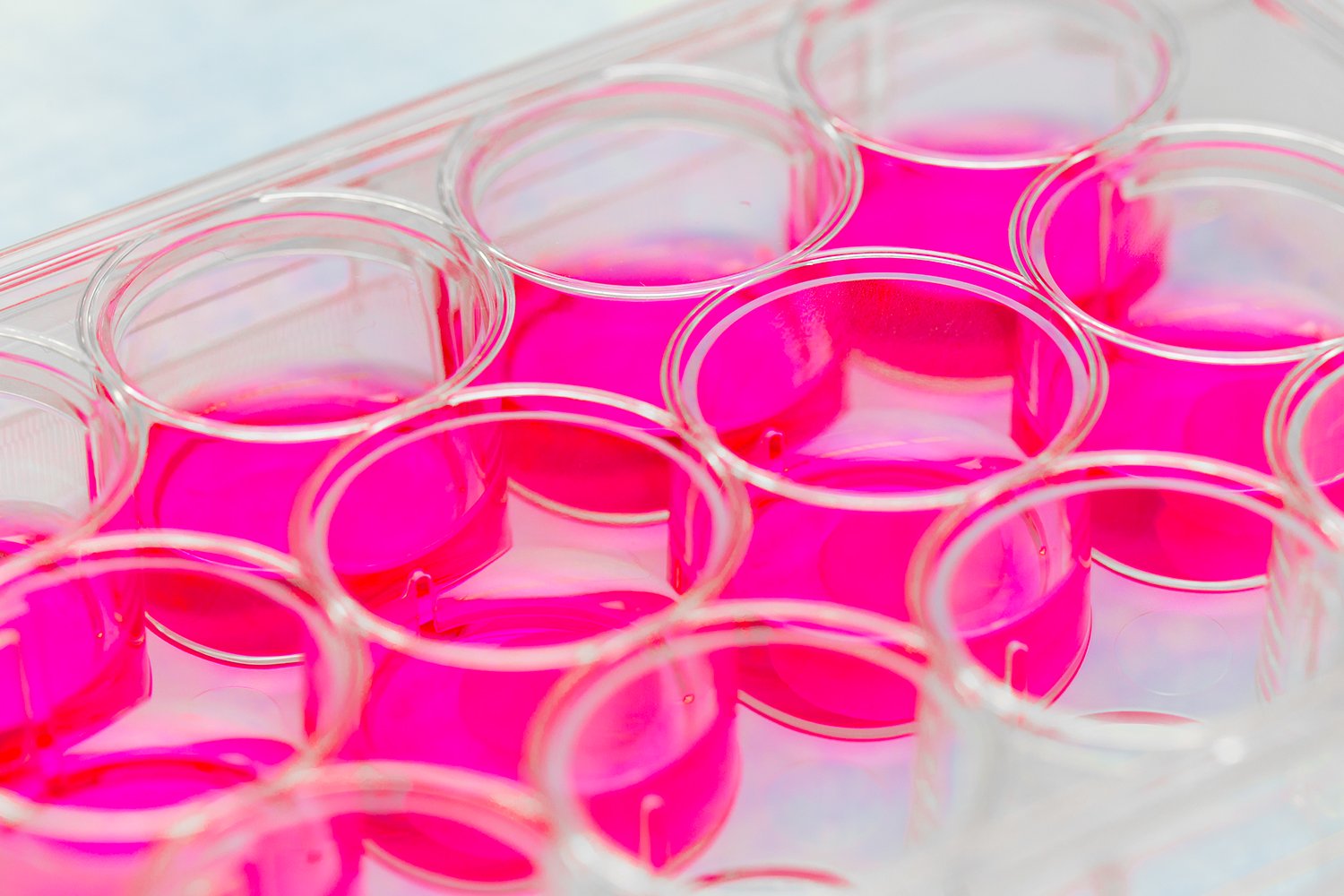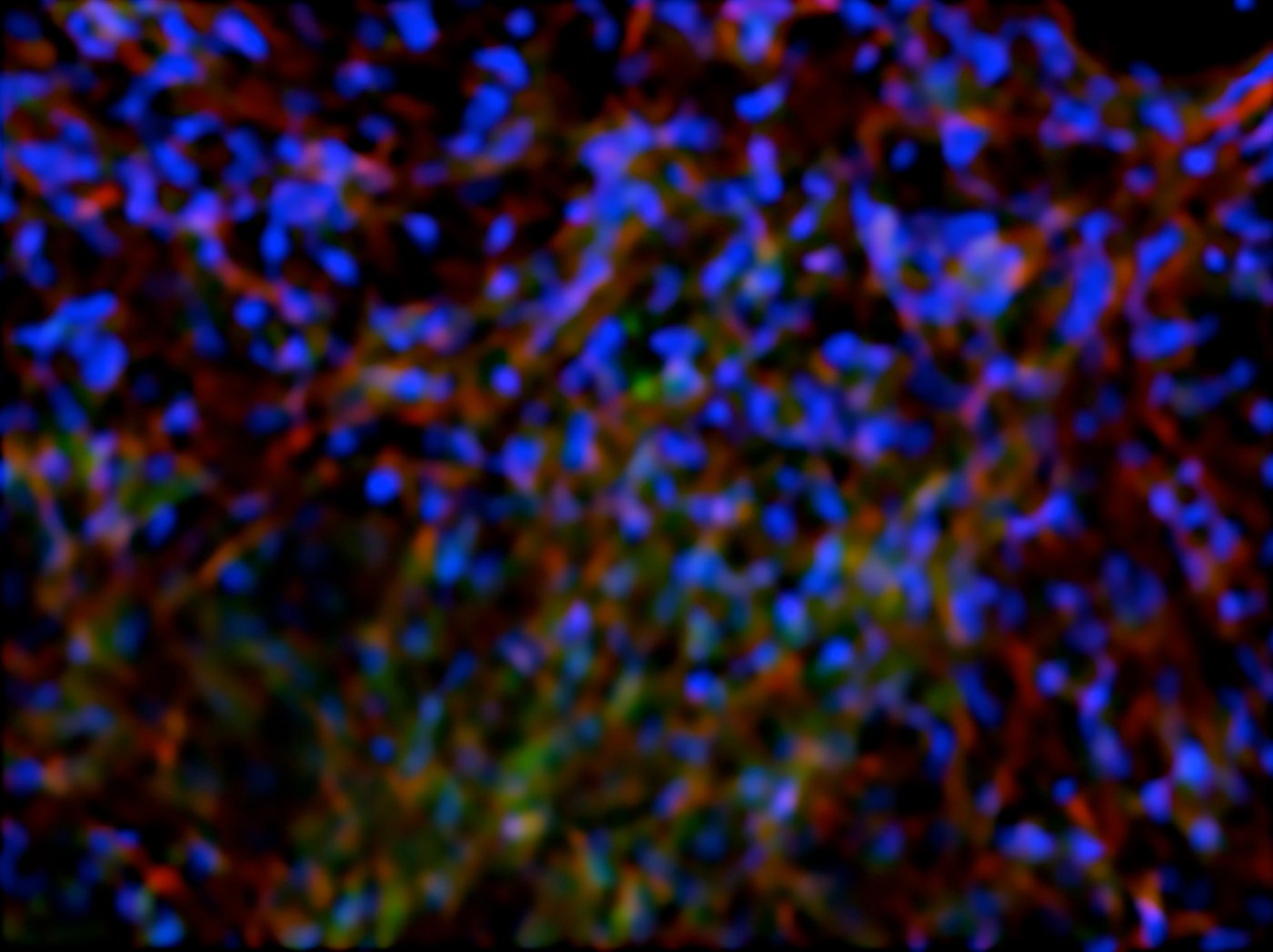
The work could lead to regenerative treatments for patients with critical bone defects and soldiers who have suffered traumatic bone injuries. The findings, published Aug. 31 in the journal Science Advances, could also lead to a simple, scalable and inexpensive way to manufacture a pure population of
«One of the broader goals of our research is to make regenerative treatments more accessible and clinically relevant by developing easy, efficient and
Pluripotent stem cells are capable of becoming any type of cell in the body, such as muscle, heart, skin or
But getting pluripotent stem cells to differentiate into a particular type of cell that can function inside the body is not simple. Directing stem cell differentiation is like following a complex recipe, involving a long list of ingredients and steps that make the process costly and inefficient.

Another challenge is producing
Varghese and her team showed that they could control the differentiation of human pluripotent stem cells into functional
«It’s amazing that a single molecule can direct stem cell fate. We don’t need to use a cocktail of small molecules, growth factors or other supplements to create a population of bone cells from human pluripotent stem cells like induced pluripotent stem cells," Varghese said.
This work stems from a previous study by Varghese’s group to understand how calcium phosphate minerals found in bone tissue induce stem cells to differentiate into osteoblasts. Her team discovered that stem cells take up calcium phosphate to produce ATP, a metabolic molecule, which then breaks down into adenosine and signals the stem cells to become osteoblasts.
«We wondered what would happen if we bypassed the steps and just supplemented the medium with adenosine. That’s what inspired this current study," Varghese said.
Varghese’s team is now investigating exactly how adenosine signaling promotes bone formation. So far, they’ve attributed the signaling to a receptor on the stem cells’ surface, called the A2bR receptor, which binds to adenosine. But this mechanism still requires further study, she said.
Full paper: «Small
This work was supported by the National Institutes of Health (grant 1 R01
Source: http://ucsdnews.ucsd.edu/pressrelease/researchers_use_a_single_molecule_to_command_stem_cells_to_bui...


